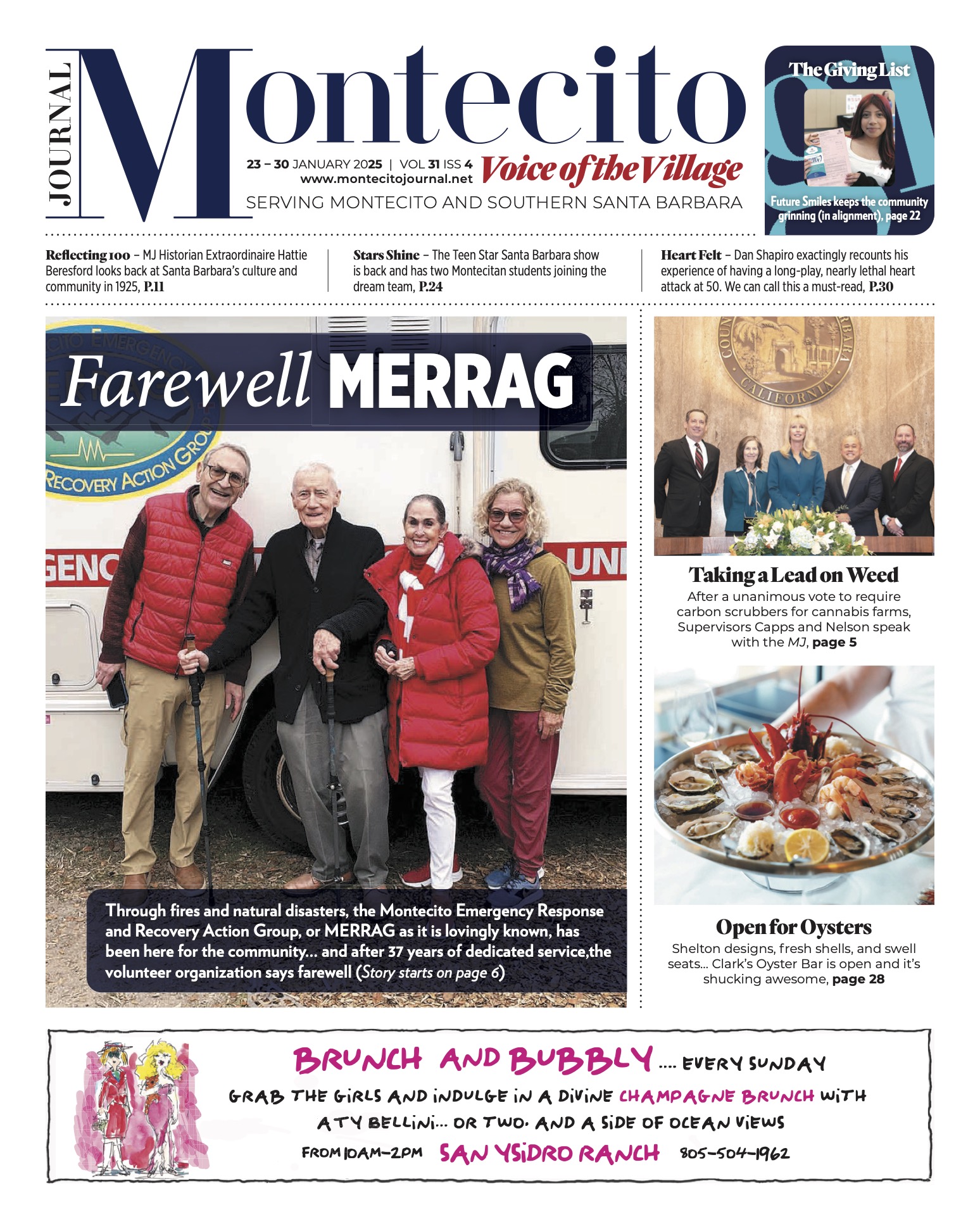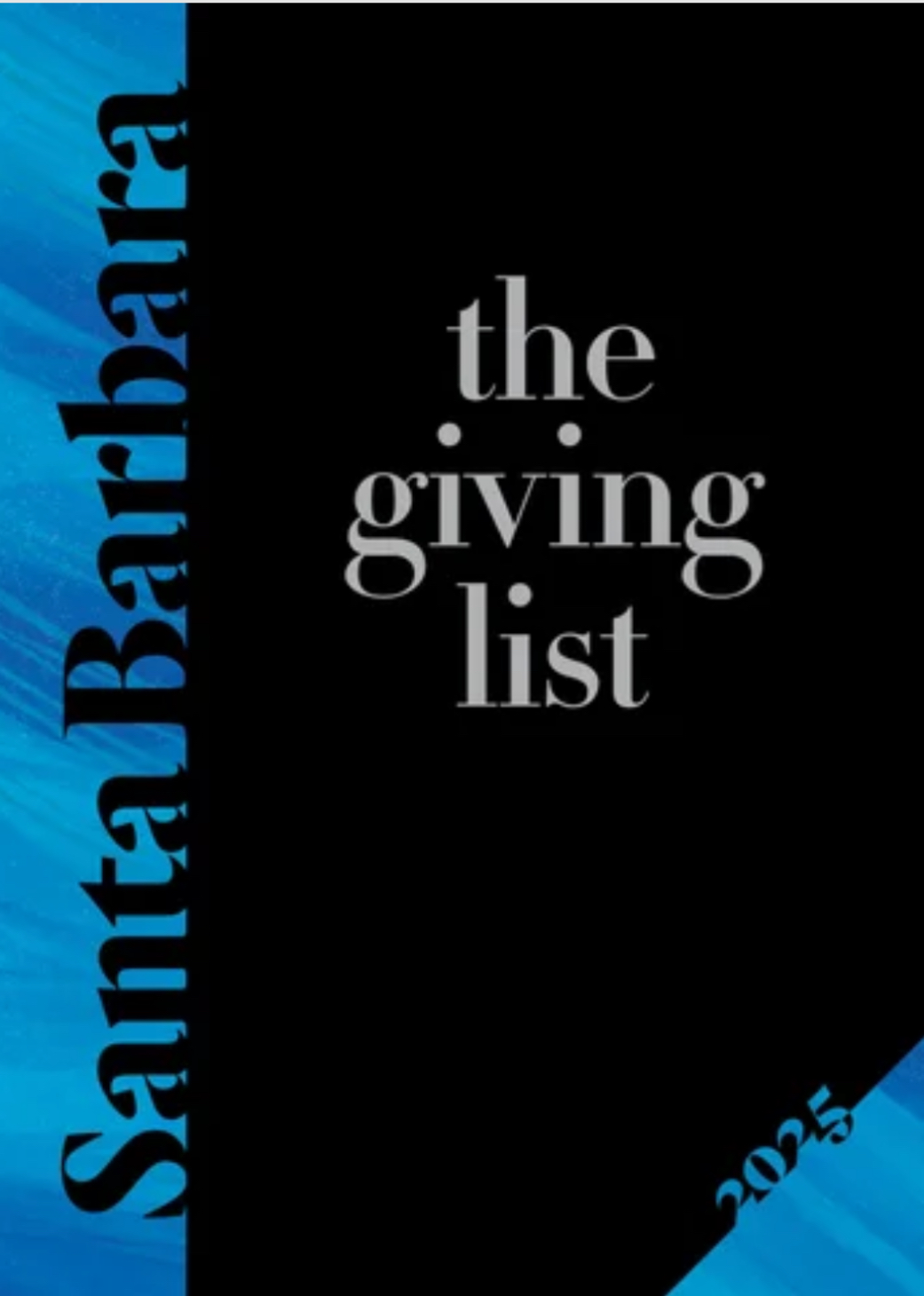Being Royal

In case you’ve wondered, our word “royal” stems from “Roi,” the French word for “King.” I was born in 1933, and in my childhood, the British Royal Family consisted of a King and Queen and two little Princesses.
But there were, and are, many other things and people called Royal, including the Royal Air Force, usually just known as the RAF. In England, it would be a punishable offense for anyone or anything to call itself Royal without being thus officially designated.
Just how a certain very superior kind of hand in Poker came to be called a “Royal Flush” is to some extent debatable, but the term Royal carries its own ethos of elevated distinction. One of my favorite travel writers, Richard Halliburton, titled his first book The Royal Road to Romance.
The term “royalty” as a specified form of taxation, being money owed to the King, has evolved into a type of payment in business which is contractually due to the author, creator, or owner of some particular piece of creative work – in exchange for permission to use the work commercially in some specified way. I myself have had much experience of this kind of business relationship, since my own written and illustrated products lend themselves, in many ways, to use and exploitation by a variety of manufacturers and middlemen. This can get complicated. If the person or company granting their permission doesn’t want to wait until after sales have been tabulated to be paid, they may stipulate that a certain “advance on royalties” be paid upon signing of the contract.
But Kings and Queens appear in our culture in many places. One is on a chessboard. In some ways, the King is the most important piece on the board, because capturing him is the whole object of the game. Once he’s caught, the game is over. But he has very little power or mobility. He can move in any direction – but only one square at a time. The Queen, however, is the most powerful piece on the board. She too can go in any direction – and that includes diagonally – but with no limit as to how far.
One of our richest sources of information about royalty are the “Nursery Rhymes,” we probably remember from our childhood. There was “Sing a Song of Sixpence,” in which the King is “in his counting house, counting out his money,” while the Queen has even less to do, “in the parlor, eating bread and honey.” Then there was the Pussycat who went to London, just to look at the Queen.
This reminds me of the only time I ever saw the Queen – just after her Coronation in Westminster Abbey. I was part of the huge crowd trying to get a glimpse of her as she passed by in her golden coach drawn by six large horses, waving gracefully to the multitude. But what I remember most from that occasion was that a large number of people had brought devices to help them get a better view, which constituted, in itself, a forest of periscopes.
Shakespeare is full of Kings and Queens. He himself was born in the reign of Queen Elizabeth, and lived on into that of her successor, King James I (to whom we owe the Authorized Version of the Bible).
Of course, what we call History is largely a record of the activities of various royal personages, who are necessarily accorded great dignity and respect. That is probably the main reason why a particular monarch in English history still lives vividly in popular legend. His name was Canute, and the story goes that he grew tired of all the adulation he was receiving from his courtiers, and even from the common people, just because he was a supposedly powerful King. He wanted to teach everybody a lesson on the limits of his power. He had himself and his throne carried down to the ocean shore at a time when the tide was due to start coming in. There, before a curious crowd, he stood and commanded the tidal waters to stay off-shore. In effect, he attempted to turn the tide.
Of course, the surging waters remained heedless. The tide continued to come in –and all the witnesses were presumably suitably impressed.
To which, as I see it in my Pot-Shot #3177, the only answer would be prayer:
“Let’s pray that the people in power are right, because, right or wrong, they have the power.”






